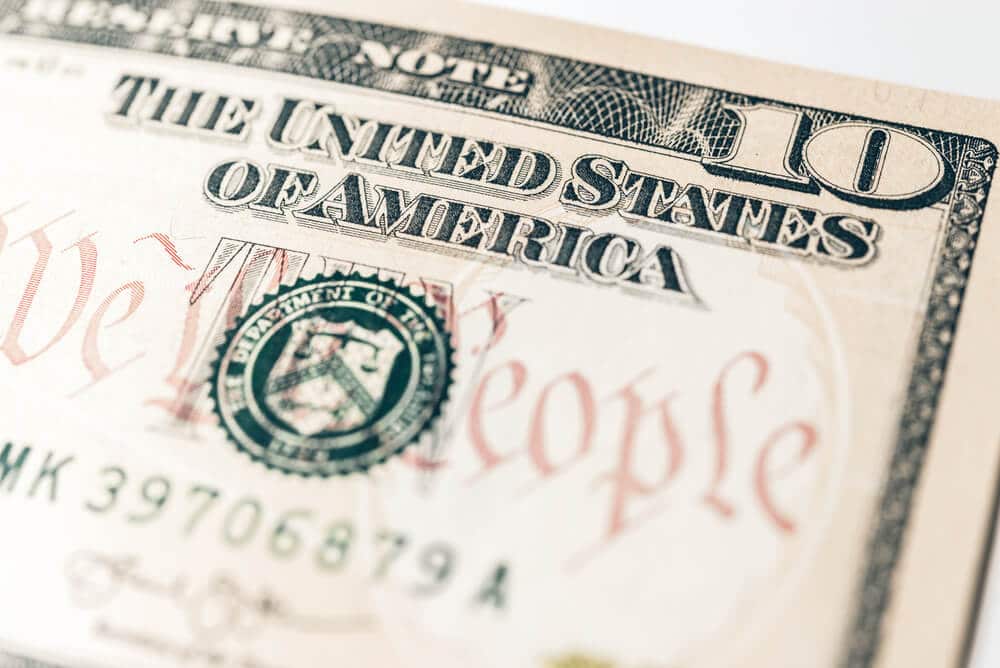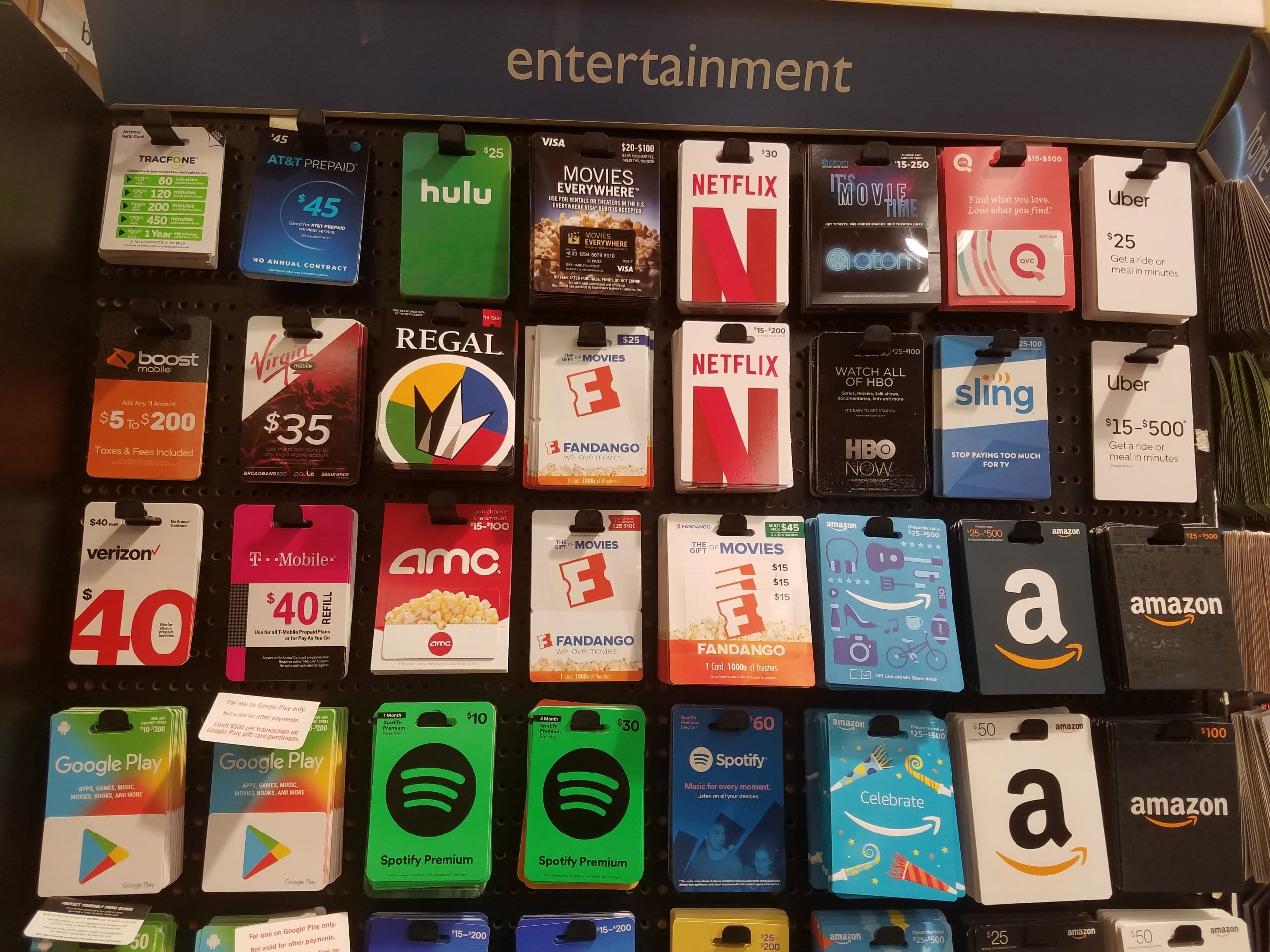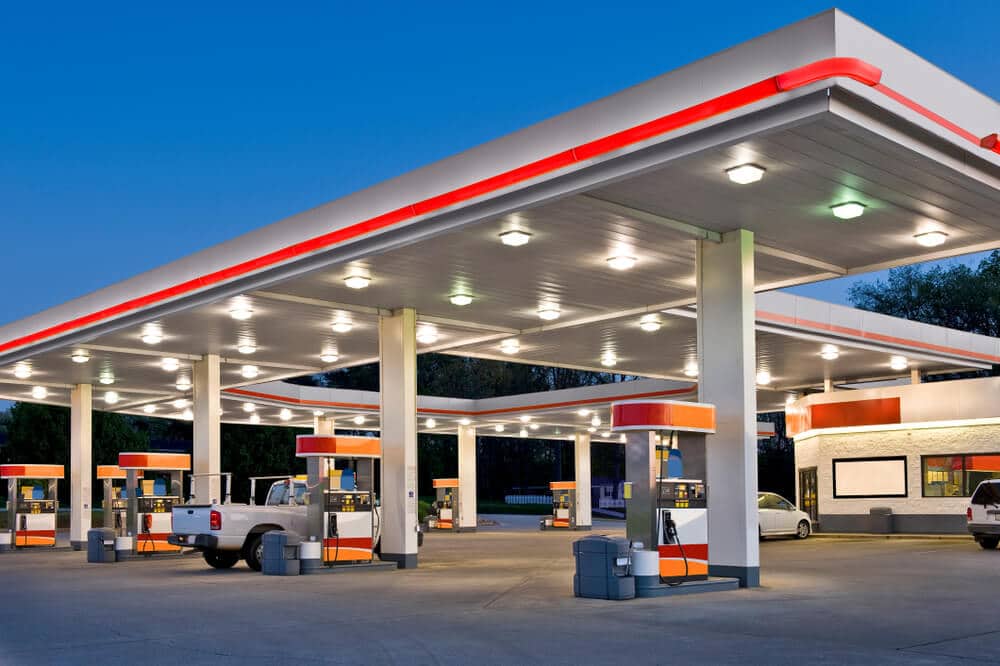Short Answer — A 1950 $10 bill may be worth as little as its face value ($10) or as high as several hundred dollars depending on its condition, serial number, and unique or rare printing features. For more information about how to find the value of a 1950 $10 bill, see below.
How Much Is a 1950 $10 Bill Worth?
Most 1950 $10 bills are not high in value. Age alone doesn’t make bills worth more money on the collectible currency market. The bill may be worth as little as its face value of $10.[1]
The bill may not even be quite as old as you think; unlike coins, which are identified by the year they’re minted, bills are identified by the year that the design was adopted.
A letter (series 1950A, 1950B, etc.) is added for every minor change to that same design.[2]
However, collectors are willing to pay considerable sums for bills with unique traits like unusual misprints or unique serial numbers.
A bill’s value depends on several factors: its condition, serial number, whether it includes a star note, and whether it includes any notable misprints.[3]
We detail these factors below to help you determine the worth of your 1950 $10 bill.
Condition
The better the condition of a bill, the more money it’ll be worth.
Grading systems may vary somewhat depending on the appraiser, but usually consider whether the bill has any wear, folds marks, tears, water damage, or damaged corners.
“Crisp uncirculated” currency is of the highest value, featuring no fold marks or wears, a crisp and deeply colored surface, and sharp corners. [4]
An uncirculated 1950 $10 bill with no other significant features will usually sell for around $35.[5] Bills in lesser condition will fetch smaller prices.
Serial Numbers and Star Notes
The serial number is a collection of numbers and letters appearing on the bill to denote each bill’s unique identity and the series year.
Some bills also include a “star note,” a suffix added to the serial number when a bill is replaced due to damage during production.[2]
The most valuable star notes are those older than the year 1935, so having a 1950 $10 bill with a star note is not enough to make it worth more than face value.[6]
Other irregularities in the serial number can make a 1950 $10 bill more valuable, however. The most popular serial oddities include:[7][8]
- Solid serial numbers: Made up of only one number, e.g., 33333333
- Low serial numbers: Made up of two or less digits, e.g., 00000003
- Trailing zeros: A number followed by zeros, e.g., 30000000
- Ladders: A sequence of numbers, e.g., 12345678
- Radar serial numbers: Read the same forward or backward, e.g., 34444443
- Flippers: Read the same upside down, e.g., 86688998
- Repeaters: Made up of a number that repeats, e.g., 31403140
- Binary: Made up of only “0” and “1,” e.g., 10010011
- Standalones: Made up of a number surrounded by zeros, e.g., 00030000
It’s difficult to name an exact value for each of these “fancy” serial number types since your valuation will depend on the other factors discussed here.
Still, if you have a bill in good to excellent condition, these features can increase its value even further. Many bills of these types in good condition sell for $50 to $100 or more.[9]
Valuable Misprints
Misprinting refers to any errors that occurred during the printing process.
It’s important to note that no misprint is unique. Often, when one mistake is made, many more notes are printed the same way before the problem is detected. The value is often based on the rarity of the misprint.
Some examples of misprints include seals and serial numbers appearing in the wrong spot, missing elements, mismatched serial numbers, inverted signatures, and ink smears — each having its own unique value.[10]
You might have noticed something missing on a 1950 $10 bill when compared to current bills: it doesn’t include the motto “In God We Trust.” This isn’t a misprint — the words weren’t added to the $10 bill’s design until 1964.[11]
Upside down flags printed on the bill’s back are also not considered a misprint and add no value to the bill.[12]
Where to Buy/Sell
Since the value of a 1950 $10 bill varies so widely, your best bet when buying or selling is to consult an expert on currency collection, such as Manifest Auctions or American Rarities.
The eBay Coins & Paper Money marketplace can also be a good place to buy and sell, connecting collectors and sellers worldwide.
 William Lipovsky
William Lipovsky







Hope I can get a response from one of you all. I have a F-series 1950 ten dollar bill. Is it worth anything other than face value? Thank you in advance.
Hello, Sam! Unfortunately, we do not provide individual valuations. However, you may want to try signing up at JustAnswer and asking one of the experts there about your $10 bill. (Note that FQF may receive a commission if you sign up for JustAnswer and ask a question.) Best of luck!
I have a Series 1950 B Serial number J65277820A with F284 in right corner. What is it worth?
Hello, Patricia! Unfortunately, we are unable to provide appraisals for individual bills. You may want to sign up at JustAnswer and ask an antiques/collectibles expert about your bill. (Note that FQF may receive a commission if you sign up at JustAnswer and ask a question.)
I have 1950 e serial number G75492275H and lower corner 1790.
Hello, Matt! Unfortunately, we are unable to offer individual appraisals or valuations. If you are looking to sell your bill, you may want to contact one of the buyers mentioned in our article or ask for a valuation from an expert at JustAnswer.